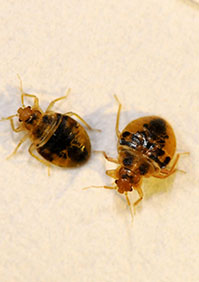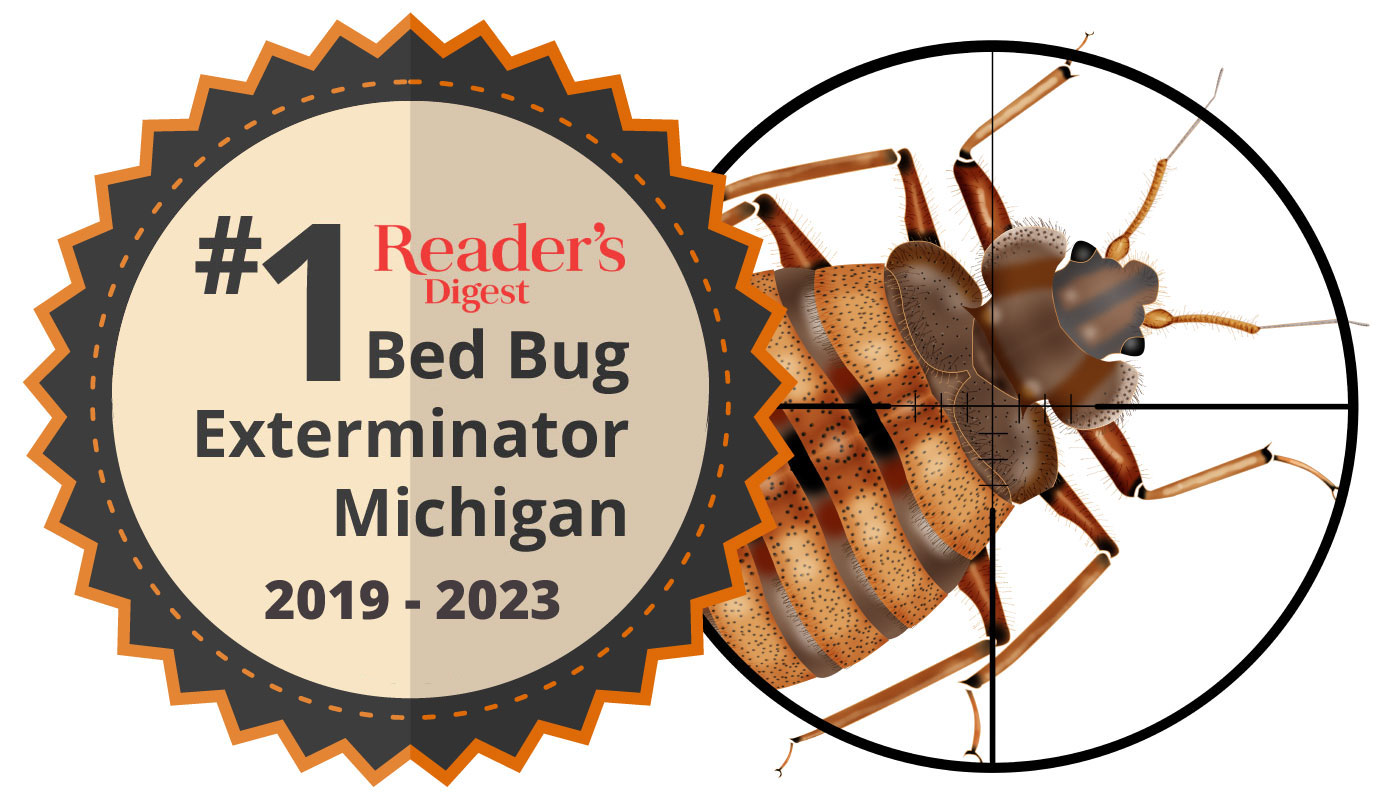Get Informed About the Kinds Of Bug Control Approaches and Their Benefits for Property Owners
Understanding the numerous bug control methods readily available to homeowners is crucial for effective parasite monitoring. House owners who are educated can make tactical selections that not only address insect issues yet also boost the overall quality of their living setting.
Chemical Insect Control Approaches
Chemical parasite control techniques are a critical element of incorporated insect management techniques for home owners seeking effective solutions to pest infestations. These techniques entail the application of chemical substances designed to get rid of or prevent pests that endanger individual residential or commercial property, health and wellness, and convenience. Common chemicals utilized consist of pesticides, rodenticides, fungicides, and herbicides, each tailored to target particular bugs.
The key advantage of chemical pest control is its rapid effectiveness; numerous formulas supply instant results, decreasing pest populations dramatically in a short time. In addition, advances in chemical formulations have resulted in items that are extra eco-friendly and have reduced toxicity levels for non-target microorganisms when used appropriately.

Organic Parasite Control Techniques
All-natural bug control approaches have acquired importance as house owners seek much safer and more sustainable options to standard chemical methods. Organic pest control methods utilize natural killers, parasites, or virus to manage bug populaces successfully. This approach is not only eco-friendly but additionally reduces the threat of injury to non-target varieties, including helpful pests and wildlife.
Among one of the most typical organic control approaches involves introducing natural killers right into the environment. As an example, ladybugs can be made use of to control aphid populations, while nematodes target soil-dwelling bugs like grubs. In addition, parasitoids-- microorganisms that live on or within a host-- can be employed to control certain insect types by laying eggs inside them, inevitably bring about their death.
Another approach is using biopesticides, which are obtained from all-natural products such as plants, germs, or minerals (bed bug exterminator). These products can efficiently target insects while positioning minimal risk to pet dogs and human beings. Generally, biological insect control techniques provide home owners with an efficient ways of insect management that straightens with eco-friendly principles, promoting a much healthier living setting while reducing dependence on artificial chemicals
Mechanical Insect Control Techniques
Mechanical insect control strategies incorporate a variety of approaches that physically avoid or remove insects without using chemicals. These methods are particularly beneficial for homeowners looking for eco-friendly options while making certain the security of their space.
One typical method is making use of barriers, such as traps, displays, and nets, which prevent insects from going into homes or certain areas. As an example, installing home window screens can effectively maintain insects out, while using physical barriers around yards can deter larger parasites like rabbits or deer. In addition, mechanical catches developed for rats can record and remove these insects without the requirement for poisonous substances.
Another reliable technique includes using vacuum cleaners and mops to eliminate parasites straight from surfaces. Routine cleansing and maintenance can substantially lower bug populaces by getting rid of food resources and concealing places. Utilizing devices like ultrasonic bug repellents can prevent different bugs with noise waves that are unpleasant to them have a peek at these guys but faint to human beings.
Social Bug Control Practices
Social bug control methods concentrate on modifying the environment and monitoring strategies to develop problems that are less favorable to pest infestations. These techniques are fundamental in maintaining a well balanced community and lowering the dependence on chemical interventions. By changing farming practices, homeowners can efficiently discourage insects while advertising plant health.
One common technique consists of plant turning, which interrupts the life process of bugs by altering the kinds of plants expanded in a details location (bed bug exterminator). This not only lessens pest populations yet likewise enhances soil wellness. In addition, intercropping-- planting varied plants in proximity-- can perplex parasites and lower their capacity to locate their recommended host plants
Water monitoring is an additional vital facet of social techniques. Correct irrigation methods can prevent standing water, which offers as a breeding place for mosquitoes and other parasites. Additionally, preserving cleanliness around the home, such as frequently removing particles and food waste, can dramatically minimize parasite destination.
Including these cultural practices into a comprehensive pest monitoring method permits house owners to develop an environment that naturally deters pests, thus boosting the effectiveness of other control methods while advertising sustainable horticulture and landscaping.

Integrated Parasite Management Approaches
Integrated Parasite Monitoring (IPM) stands for an all natural approach see here now that combines different techniques to properly handle parasite populations while minimizing environmental effect. This methodology integrates organic, cultural, physical, and chemical methods to attain sustainable pest control. By evaluating pest populaces and their all-natural opponents, IPM emphasizes monitoring and determining bugs before implementing control procedures.
Among the core principles of IPM is making use of limits, which establish the level of bug task that requires intervention. This makes certain that therapies are used just when essential, reducing the reliance on chemical pesticides. Biological control techniques, such as introducing natural predators or parasites, operate in combination with social techniques like crop rotation and environment control to interrupt pest life cycles.
In addition, IPM encourages the usage of least-toxic chemical options when treatment is needed, focusing on items that posture very little risk to non-target organisms and the atmosphere. For homeowners, taking on IPM approaches not just improves the effectiveness of insect monitoring however additionally promotes a healthier living atmosphere, cultivating biodiversity and minimizing chemical direct exposure. Inevitably, IPM equips property owners to make educated decisions that balance insect control with eco-friendly responsibility.
Final Thought
In verdict, recognizing the various parasite control approaches encourages home owners to make enlightened choices relating to pest administration. Each approach-- pest control shop chemical, biological, mechanical, cultural, and incorporated pest monitoring-- uses unique benefits that provide to various demands and choices.
Understanding the numerous parasite control methods readily available to house owners is necessary for efficient pest monitoring.Chemical insect control approaches are an essential component of incorporated bug administration techniques for house owners looking for reliable solutions to pest problems. Generally, biological parasite control methods provide house owners with a reliable means of bug monitoring that lines up with ecological concepts, advertising a healthier living atmosphere while lowering reliance on synthetic chemicals.
Cultural pest control techniques concentrate on customizing the environment and monitoring techniques to develop problems that are much less conducive to pest infestations.In final thought, comprehending the numerous parasite control methods empowers property owners to make educated decisions concerning pest monitoring.